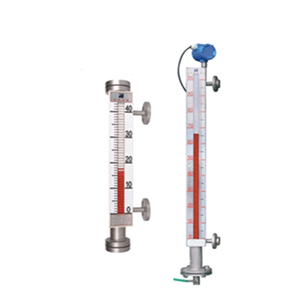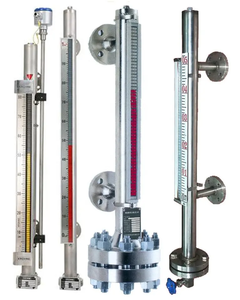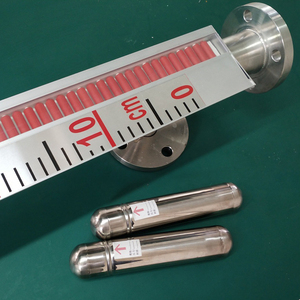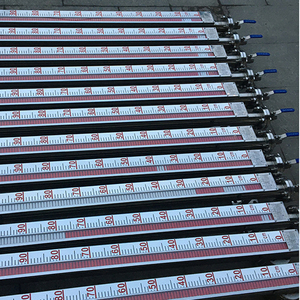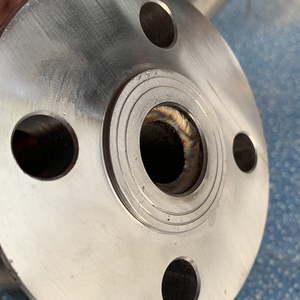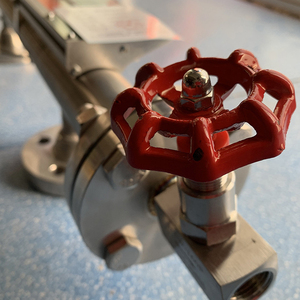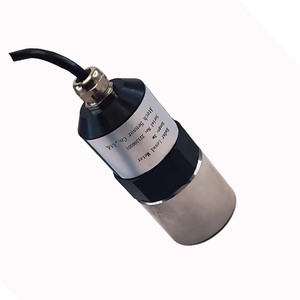Introduction to Float Level Indicator
A float level indicator is an essential instrument used for measuring the liquid levels in various containers and applications. It functions effectively in numerous industries, ranging from wastewater management to food and beverage processing. Understanding its role and the mechanisms involved can significantly enhance operational efficiency and safety in any setting.
Types of Float Level Indicators
Float level indicators come in various types, suited for different applications and environments. Here’s a breakdown of the most common types:
- Bouyant Type Float Indicators: These are the traditional, reliable devices that use buoyancy principles to measure liquid levels. They are ideal for large tanks.
- Magnetic Float Indicators: Utilizing magnets, these indicators provide precise readings and can be integrated into digital systems for enhanced data management.
- Capacitive Float Indicators: These non-contact devices measure levels based on changes in capacitance, offering high accuracy and minimal maintenance.
- Ultrasonic Float Indicators: Using ultrasonic waves, these indicators measure liquid levels from a distance, perfect for hazardous or high-temperature environments.
Applications of Float Level Indicators
Float level indicators are versatile tools utilized in various scenarios across multiple industries:
- Water Treatment Plants: Essential for monitoring water levels in tanks, ensuring optimal operation and preventing overflow.
- Oil and Gas Industry: Employed to accurately measure the levels of crude oil and refined products in storage tanks.
- Food and Beverage Industry: Used to gauge ingredient levels in processing tanks, ensuring consistency and quality in production.
- Agricultural Applications: Effective in monitoring water levels in irrigation systems to enhance water conservation and management.
Features and Advantages of Float Level Indicators
Float level indicators are packed with features that make them invaluable in various applications:
- Durability: Constructed from robust materials resistant to corrosion, ensuring longevity and reliability even in harsh environments.
- Ease of Installation: Most float level indicators offer straightforward installation processes that save time and labor costs.
- Real-time Monitoring: Many modern models come with smart technology that provides real-time data, allowing for immediate response and control.
- Cost-effective: Their longevity and low maintenance requirements make float level indicators a cost-efficient solution for businesses.
Conclusion
In conclusion, float level indicators represent a critical component for ensuring the proper monitoring of liquid levels in diverse industrial applications. With various types available to meet specific needs, their reliable performance, durability, and cost-effectiveness make them a top choice for countless businesses. As technologies evolve, integrating advanced features into these instruments will further enhance their functionality, leading to improved operational efficiencies and safety.

































